| Car Albums | |||||
| Makers | |||||
| Models | |||||
| Full menu functions for the buttons above are only available if you ALLOW BLOCKED CONTENT. My menu scripts provide drop-down menus that have been tested with the latest Mozilla browsers. If the scripts do not run, limited navigation is given by these buttons | |||||
Weymann Motor Bodies The Weymann System used an ultralight wooden frame covered with fabric that was tightly stretched over it. This was developed by Frenchman Charles Terres Weymann (from Haiti) and based on construction techniques used in aircraft production. The Weymann System joined wooden frames with steel plates that left a 4mm gap between the woods and therefore eliminated creaks, rattles and squeaks found in other wooden coachwork. Seating was bolted directly to the floor instead of to the body and this helped for lightness and elimination of noises. The first British bodies came from the Weymann Body Company in 1923 under licenses issued to other manufacturers. Weymann Motor Bodies (1925) began manufacture having bought out a boadybuilding company called Cunard. Now Weymann Motor Bodies was actually in competition with its own licensees. Gurney Nutting got a Weymann patent in 1924 enabling them to build lightweight coachwork. Carrozzeria Touring specialised in lightweight construction, initially with the Weymann licensed fabric covered wooden frames, but later with their very own Superleggera system. From 1929 other coachbuilding techniques overtook the Weymann System and it declined. By 1930 Weymann was coachbuilding buses, and in 1932 joined with MCCW to form Metro Cammell Weymann. |
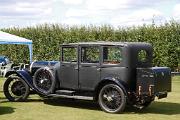
|
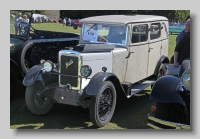
|
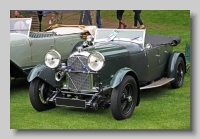
|
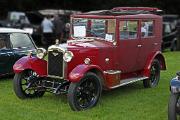
|
|
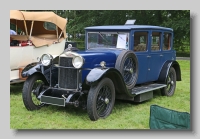
|
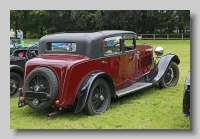
|
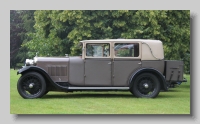
|
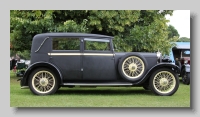
|
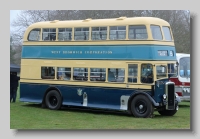
Metro Cammell Weymann
|
| British Cars | Simon Cars | ||||
Images created by Simon GP Geoghegan Email Simon